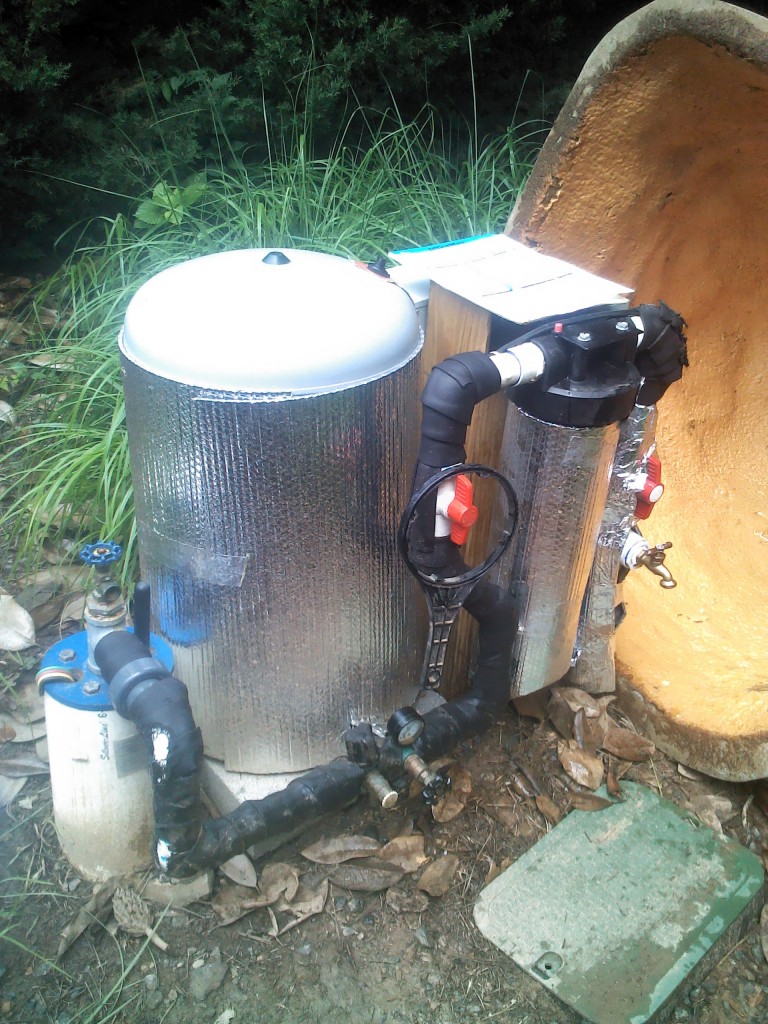When we talk to clients about a new well, many of them want to know “just how big-a-what’s-it” is going to be visible in their front yard.
A good friend used to say “on a galloping horse, who cares?”, but still… we try to make things as pretty as our clients would like. We have developed several options, all functional and serviceable- though some more than others- to meet even the most finicky aesthetic.
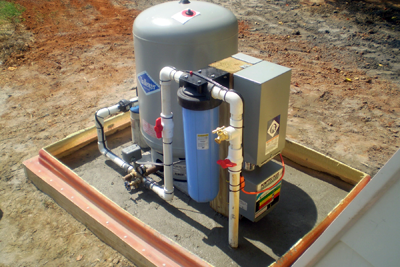
1. Standard Filp-Top WellHouse
Advantages: Everything is right there, easy to reach and service, yet protected from the elements.
Disadvantages: Big and ugly. We can put a coat of camouflage paint on it, but at the end of the day, it’s still a big-old-box
2. Large Insulated Fake Rock
Advantages: Same as the Flip-Top WellHouse, softer edges and natural color blend more easily into the landscape.
Disadvantages: Large pressure tanks will need to be at least partially buried. Edges of fake rock must be buried during winter to protect equipment from freezing. It’s still pretty big.
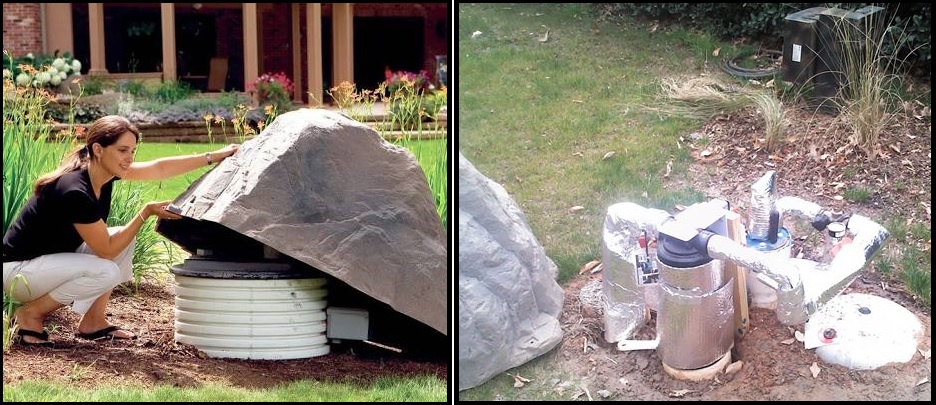
3. Medium Insulated Fake Rock
Advantages: Lower profile, easier to blend into the landscape.
Disadvantages: Pressure tank must be mostly buried. 20″ Big Blue filters will have to sit in sleeve, and they tend to “grab” the wrench as they are worked on, making them a little bit more difficult to service. Only Acceptable for VFD systems with outdoor rated controllers.
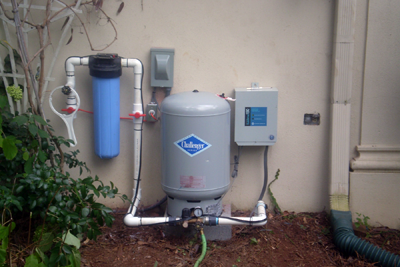
4. Remote Installation
Advantages: Electrical equipment is mounted on an outside wall or inside the house, and plumbing is located inside the house or crawlspace.
Disadvantages: Client will need to be present for any service calls so technician can get access to equipment. If it’s installed outside, an enclosure will need to be built around the plumbing to protect it from freezing weather.
Also- the pressure switch or pressure sensor wiring may need to be run in a separate conduit to the sensor location.
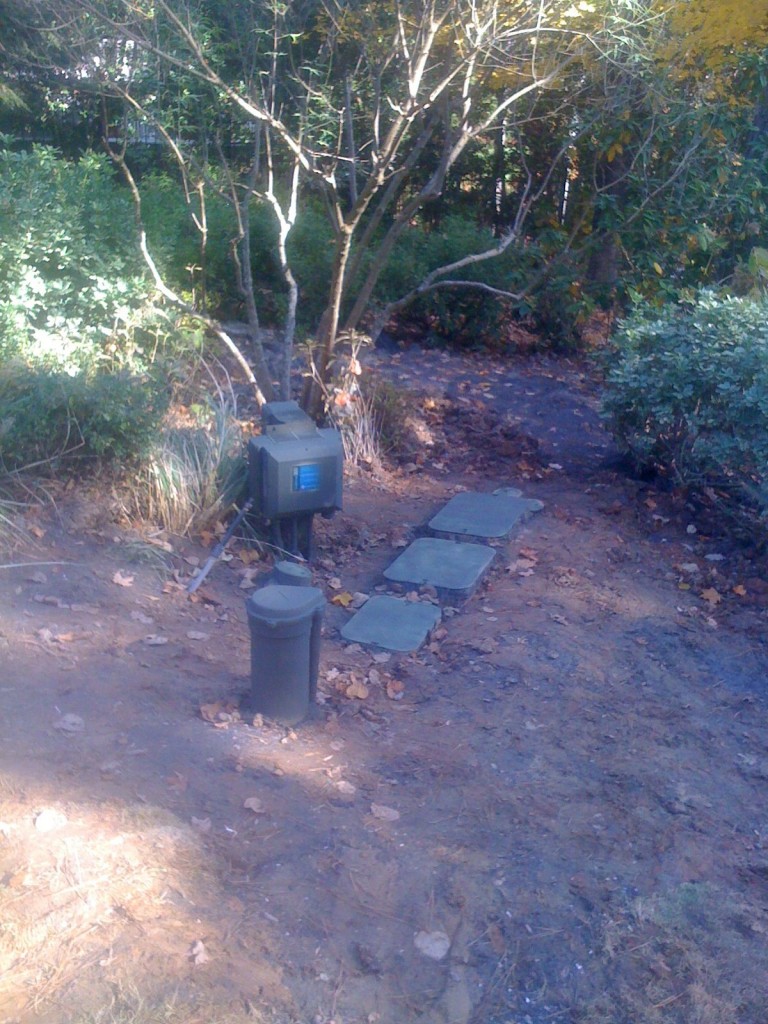
5. Full Buried Installation
Advantages: Hidden equipment! The control box and electrical panel will need to be mounted on a post, but everything else vanishes into the landscape!
Disadvantages: Difficult to service filters. Humidity inside the valve boxes can cause wear-and-tear on electrical components. If there’s a plumbing problem, it often requires digging up the yard.
Every situation is different:
Although these examples are a good representation of what can be done with our standard equipment, this is just a sample of the configuration options available to our clients. A thorough site evaluation, along with a conversation about the aesthetics of their private water system is really the only way we were able to determine what was best for each of these clients.


